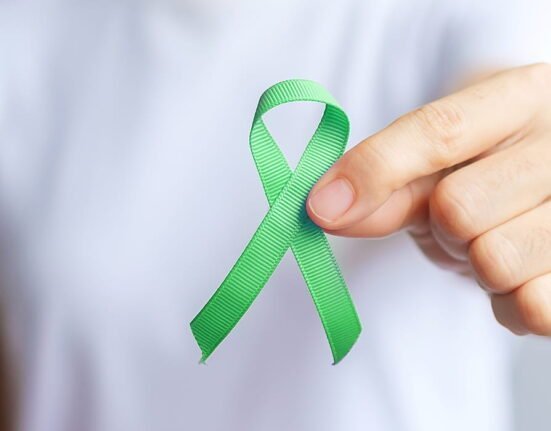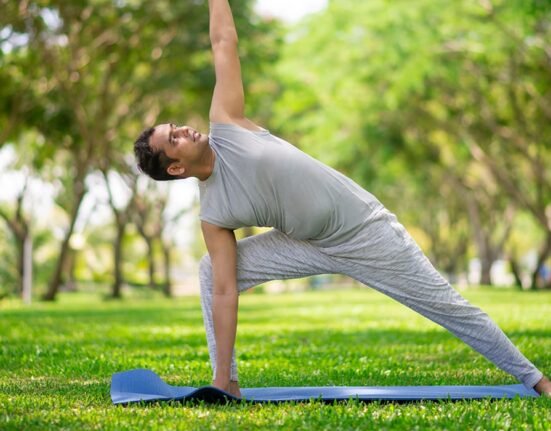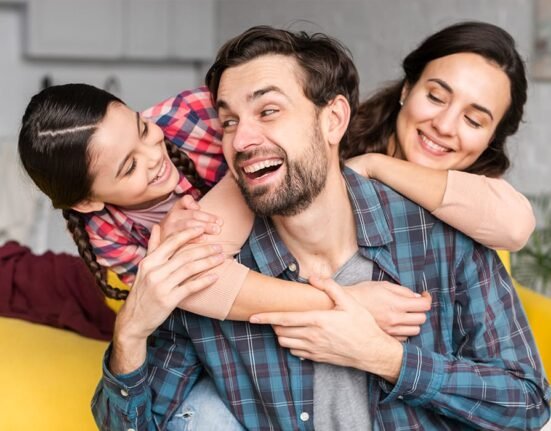Breathing is a fundamental yet often overlooked aspect of human well-being. Beyond its role in sustaining life, deliberate and controlled breathing can profoundly influence mental clarity, emotional balance, and physical health. This article delves into the transformative power of intentional breathing, exploring how it can help manage stress, improve respiratory health, and foster relaxation. Whether you’re dealing with breathlessness, navigating challenging situations, or simply seeking tranquility, mastering the art of breathing can reshape your perspective on emotions and life itself.
Breathing techniques are simple yet powerful tools that can be seamlessly integrated into daily routines. They not only help alleviate dyspnea (difficulty breathing) but also reduce anxiety, enhance lung function, and promote a sense of calm and control. These practices are particularly beneficial for individuals facing chronic illnesses or high levels of stress, offering them a pathway to improved well-being and a more balanced life.
The Power of Abdominal Breathing
One of the best methods of breathing is Abdominal or tummy breathing since it uses the diaphragm and helps the lungs expand completely. This technique keeps the breathing rhythm constant while allowing the body to relax. To practice this technique: Place your hand on your abdomen while sitting comfortably with your head and back supported. As you inhale and exhale your stomach will simultaneously rise and fall.
Controlled Breathing for Immediate Relief
Controlled breathing is another method that provides instant relief while experiencing breathlessness. To enable optimal oxygen intake, this entails sitting up straight and ceasing any activity that might be uncomfortable. The body and mind can be calmed by regulating oxygen flow gentle inhalation through the nose and exhalation through the mouth. Controlled breathing can be an effective strategy for people who become nervous when they are out of breath to gain their composure.
The Effectiveness of Pursed Lip Breathing
Pursed lip breathing is especially useful for relieving extreme dyspnea, which can occur with physical activity like ascending stairs or when rising from sleep. Similar to blowing a whistle, this technique is inhaling through the nose and gently exhaling through pursed lips. Breathing becomes easier as a result of the prolonged exhale opening airways and releasing trapped air. After using this method for a few minutes, one can feel relief right away and regain control over their breathing.
Read More: 10 Meditation Techniques Everyone can (and should) Explore
Rectangle Breathing for Focused Relaxation
Rectangular breathing is an alternate cutting-edge method that slows and controls breathing by using visual concentration. This involves locating a rectangular shape in the environment, such as a window or book, and coordinating one’s breathing with it. For instance, inhale while concentrating on the rectangle’s short side and exhale while following its longer side. Because it promotes slower, more deliberate breathing and provides a diversion from uncomfortable or anxious thoughts, this technique proves beneficial to many people.
Distraction Techniques for Anxiety Relief
Techniques for diverting attention are essential for treating breathlessness and related anxiety. The physical feeling of being out of breath can be diverted by focusing on a song, a poem, or even counting backwards. This rerouting can lessen the psychological strain and the discomfort that is received. Hypnotherapy and other relaxation methods like visualization are also beneficial to certain people. These techniques allow people to visualize or achieve a deeply calm state, which can be especially beneficial during stressful or dyspneic episodes.
Read More: Meditation for Anxiety: Stress Reduction and Emotional Balance
The Role of Environment in Breathing Ease
Breathlessness can also be mitigated by the physical surroundings. Whether from a tiny fan or an open window, a light breeze can often have a calming effect that relieves discomfort. Some people nd that having a handheld fan with them when they go outside is a quick and convenient way to deal with dyspnea. This straightforward but efficient method shows how even small environmental adjustments can have a big influence on well-being
Building a Routine for Breathing Exercises
For these breathing exercises to be effective, regular practice is essential. Establishing a habit and ensuring familiarity with the techniques are two benefits of incorporating them into daily life, even when one is not experiencing dyspnea. For instance, controlled breathing is comparable to relaxation exercises and can be improved by adding physical relaxation methods like shoulder massages. Regular practice can eventually result in slower, deeper breathing patterns that promote general serenity and self-control.
Read More: Helpful Breathing Techniques for Meditation
Benefits Beyond Breathlessness
These breathing exercises have advantages beyond. They provide substantial psychological, emotional, and physical benefits. Physically, these workouts enhance cardiovascular health, oxygen exchange, and lung efficiency. They improve focus, encourage relaxation, and lessen stress and anxiety. On an emotional level, they help people become more resilient, which makes it easier for them to handle difficult circumstances. Because relaxation techniques foster greater slumber and lessen the symptoms of insomnia, regular practice of breathing exercises can help enhance the quality of sleep.
Ensuring Safety While Practicing
Although breathing exercises are safe and helpful, it is important to take precautions those who are pregnant or have certain medical conditions should speak with a healthcare professional before implementing these methods into their daily practice.
Embracing Breathing as a Tool for Wellness
Breathing exercises give people the ability to take control of their well-being in addition to enhancing their physical health. People’s general quality of life can be significantly enhanced by spending a few minutes a day on these activities. These methods highlight the transformational potential of deliberate breathwork, whether they are based on more recent inventions like rectangle eating or more old customs like abdominal breathing.
Conclusion
To sum up, breathing exercises provide a comprehensive strategy for reducing physical symptoms, boosting emotional stability, and increasing mental clarity. They build resilience, encourage a better, more balanced lifestyle, and give people a sense of control in trying times. These exercises can become a vital resource for anyone looking to improve their well-being with consistent practice and, when required, expert advice. Although it’s frequently taken for granted, breathing may be a very useful ally on the path to improved health and mental clarity.
References +
- American Lung Association. (n.d.). Breathing exercises. https://www.lung.org/lung-health-diseases/wellness/breathing-exercises
- https://uhs.berkeley.edu/sites/default/files/breathing_exercises_0.pdf
- Cronkleton, E. (2024, May 17). 10 breathing exercises to try when you’re feeling stressed. Healthline. https://www.healthline.com/health/breathing-exercise
- Breathing and relaxation techniques. (n.d.). Coping With Cancer | Cancer Research UK. https://www.cancerresearchuk.org/about-cancer/coping/physically/breathing-problems/treatment/breathing-relaxation-techniques
FAQs
1. How can I teach breathing exercises to my elderly family members who struggle with breathlessness?
Start with simple techniques like abdominal breathing, which is easy to practice. Encourage them to do it comfortably, place their hands on their abdomen, and focus on slow, controlled breaths. Practising a few minutes daily can help improve their comfort and breathing patterns over time.
2. My child often feels breathless during physical activities. Are these techniques safe for kids?
Yes, techniques like pursed-lip and rectangle breathing are safe for children and can help manage breathlessness caused by exertion. Make it engaging by turning it into a fun activity where they imagine blowing out candles or tracing shapes while breathing.
3. Can these breathing exercises help my partner who experiences anxiety and occasional breathlessness?
Absolutely. Controlled breathing techniques, such as breathing slowly through the nose and out through pursed lips, are excellent for calming anxiety and easing breathlessness. Practising these methods regularly can help your partner feel more in control during stressful moments.
4. We live in a hot climate. Can using a fan or breeze make a difference for someone with breathing problems?
Yes, a light breeze from a fan or open window can help reduce breathlessness by promoting airflow and cooling. A small handheld fan is especially useful for quick relief and can easily be carried when outdoors.
5. My family has a busy schedule. How can we incorporate these techniques into our daily routine?
You can include breathing exercises during quiet moments, such as before bed or after meals. Practising for just 5–10 minutes a day as a family can make it more manageable and promote relaxation and better breathing for everyone.













Leave feedback about this